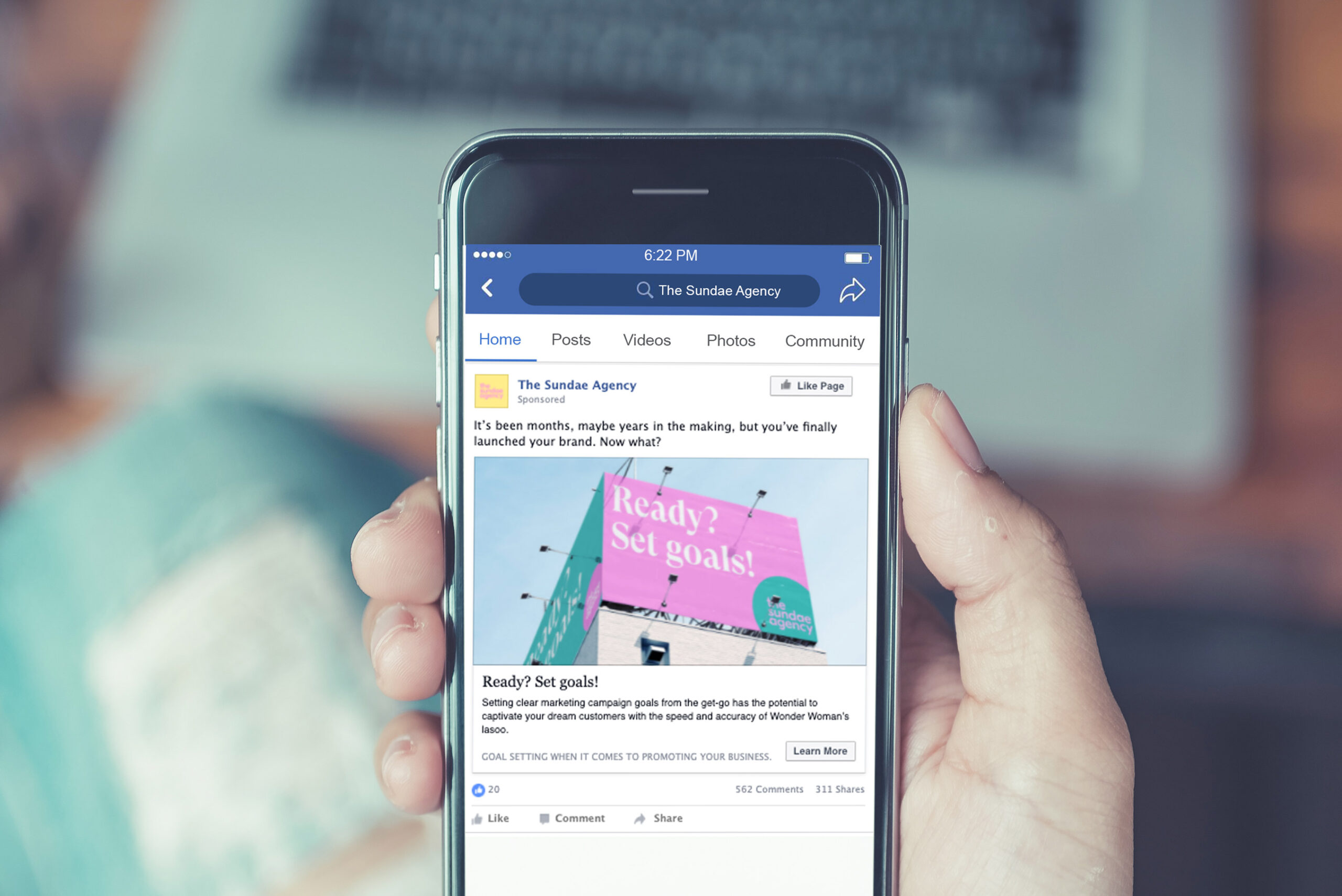Creating campaigns is fun! Truly, I mean that. For me, it’s always been a favourite part of working in advertising and marketing. You can try different partnerships and collaborations, and even tailor-make products or services as part of an effective campaign.
While campaigns give you the scope to flex your creative muscle, they’re also great planning tools for ways to engage with your dream customers. Part of the planning process is figuring out the ultimate goal of your campaign. Ask yourself, what am I setting out to achieve? When you define the goal, you’re able to better measure its outcome. It’s also an important checkpoint on your campaign journey that ensures your strategy is truly capable of achieving what it is setting out to do for your brand.
One thing to note, though, is the importance of maintaining brand consistency within campaigns. It’s not okay to mess with your tone of voice, create a campaign that doesn’t align with your values or rework your logo. Your brand identity, both visual and strategic, is the foundation of your brand and the consistency of this is what encourages recognition among your potential customers.
Now, to help set your creative wheels in motion, here are six types of campaigns and their goals to ponder:
1. Brand awareness
As it plainly suggests, the goal here is to generate awareness of your business, product or service by communicating what you’re all about. During the all-important planning stages for your campaign, think about your brand values (which help customers align with you), your point of difference, vision and brand promise – these can all be the basis of a brand awareness campaign. You can also create specific products or services that align with your brand for the purpose of a campaign. For example, you might partner with another brand that’s motivated to reduce waste with their packaging and create a product in collaboration. This would become a platform to promote the ethos of both brands while connecting with customers that share the same motivation. There are many ways to increase brand awareness, and these campaigns can run consistently. They’re referred to as “always-on” campaigns.
2. Sales
Direct selling, cross-selling and up-selling are all looped into the sales goal category for a campaign. You don’t necessarily have to discount your product; you can encourage sales through value adds that align with your brand.
Direct sales encourage your audience to buy now. You might offer a free eBook alongside particular goods or services; for example, a cocktail recipe book with the purchase of a bottle of gin. Or, place tickets for a dinner event at your restaurant on pre-sale for a limited time, and then increase the price after that window has closed. In a nutshell, it’s any offer that encourages your customers to purchase immediately.
Cross-selling is about enticing existing customers to buy something more from you. If you’re an online retailer, say, you might create a special offer available at checkout.
Up-selling encourages customers to upgrade or commit to buying from you more frequently. So, instead of selling just one bottle of wine online, for example, offer the customer an online wine subscription, which means they will have wine delivered regularly right to their front door.
3. Leads
Whether you want to generate new leads, massage existing ones or further qualify ones already created, we’re talking here about connecting with potential customers, using your dream customer profiles. The aim is to prompt them with a specific product or service that might convert them into paying customers, and then nurturing that relationship using your brand values to strengthen the connections. Growing your email list falls into the leads campaign category, but whatever pathway you plan, the goal of a leads campaign is to invite customers to connect with you.
4. Training
Sometimes, dream customers (potential, new and current) need a bit of guidance on how to use a product or service. Giving them the 411 in an engaging and creative way can help fulfil this goal, and other campaign goals too. For us here at Sundae, not all of our dream customers have brand and marketing experience, so we offer training via the content we publish on our own platforms. It’s one of our “always-on” campaigns (which I mentioned earlier when talking brand awareness). We give our dream customers the full lowdown on all things branding.
5. Referrals
Having existing or past customers refer you is a great way to gain new customers. If you’re a frequent online shopper, you’ll notice that many brands will give you a discount to spread the word among friends and family. This is just one element of a brand’s referral campaign.
6. Nurturing customers
This one is an important goal to help your brand retain current customers and ensure they repeatedly use your product or service. If they lose sight of the value that you provide, you’ll lose your connection and potentially lose repeat business in the future.
Seriously, planning and setting goals is one of the fun parts of running your own business; you get to design a future full of potential and be as creative as you like doing it. If all this has your head spinning, though, we’d love to help you get your goal-setting on like the boss that you are. Email us or fill in the contact form to find out more about our Campaign Playbook – look forward to chatting to you!

